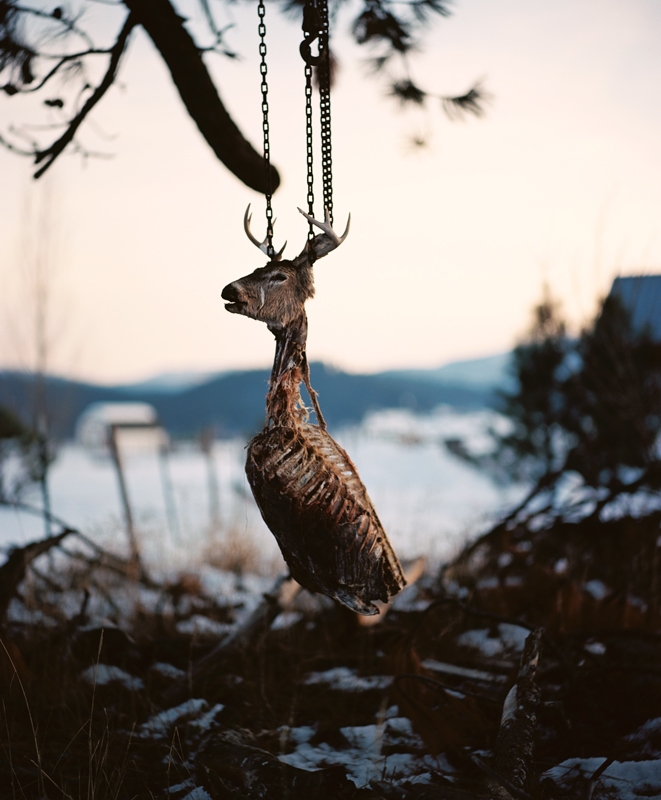Christopher Columbus, Buffalo Bill and Bartolomeu Dias are just a few of the names that take centre stage in the nonlinear narratives of Cyrill Lachauer’s work. In his art, a history – which as the colonised often say was ‘planted on sandy soils and watered with blood’ – is dissected, to reveal a past coloured by various shades of domination. In his printworks, sculptural installations and videos, Lachauer meticulously peels off these layers of history. In a recent group exhibition, Wir Sind Alle Berliner, curated by Simon Njami for SAVVY Contemporary (the Berlin-based art space that I coordinate), Lachauer presented, among other works, his video Three Things (2014), comprising found footage filmed in Thomas Edison’s Black Maria studios in 1894 and featuring the Native Americans cast in the touring show Buffalo Bill’s Wild West. With the original title Sioux Ghost Dance, the nineteenth-century film claimed to show a ‘real’ ritual dance. Buffalo Bill, who took ‘his’ Native Americans on tour in America and Europe, was especially famous for staging episodes from the frontier and Indian Wars, where he himself stood as ‘hero’, while the Native Americans died a thousand deaths onstage. Which, arguably, is similar to how history is constructed generally. The soundscape for Three Things – with its remarkable refrain, “White sugar, white bread, white people: put holes in your head” – was recorded by Lachauer on a field trip to California.
His first solo museum exhibition, RICOCHET #9, currently running at the Villa Stuck in Munich, centres on the multimedia project Full Service (2014). Consisting of, variously, film, video, photography and soundworks, it thematises the revival of the ritual of the Native American ‘messiah’ Wovoka – the Ghost Dance – the reawakening of Native American resistance movements, as well as gambling, prostitution and dreams and nightmares in Las Vegas.
Born in Rosenheim, now living in Berlin and Los Angeles, and currently doing a PhD in Ethnology, Lachauer is a modern landscape artist. For him, landscape goes beyond the physical to also encompass culture, and all that makes a space a space, with its history, spirituality and politics. Selected by Bonaventure Soh Bejeng Ndikung, independent curator and biotechnologist, Berlin.
Read all of our 2015 FutureGreats profiles
This article was first published in the March 2015 issue.
